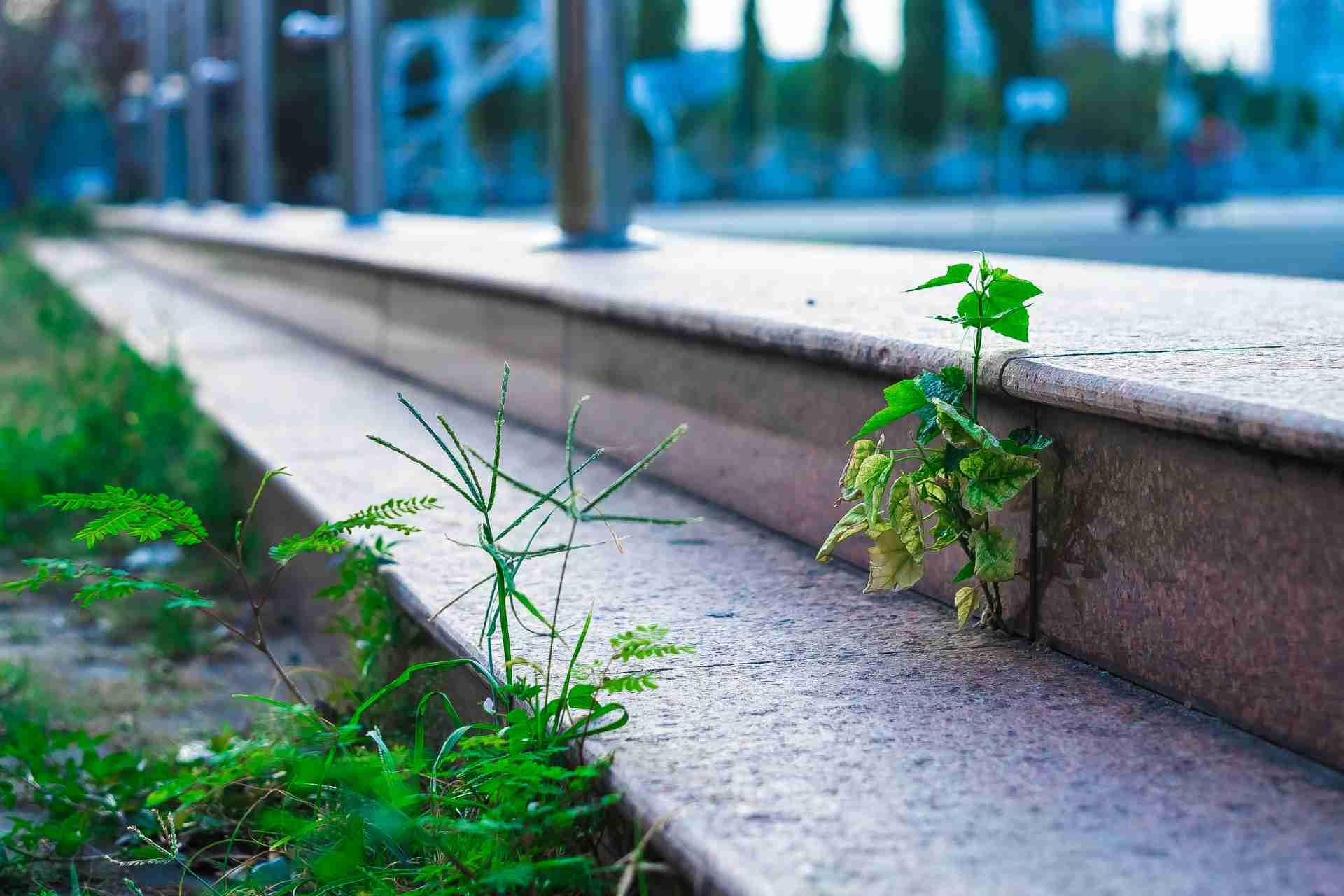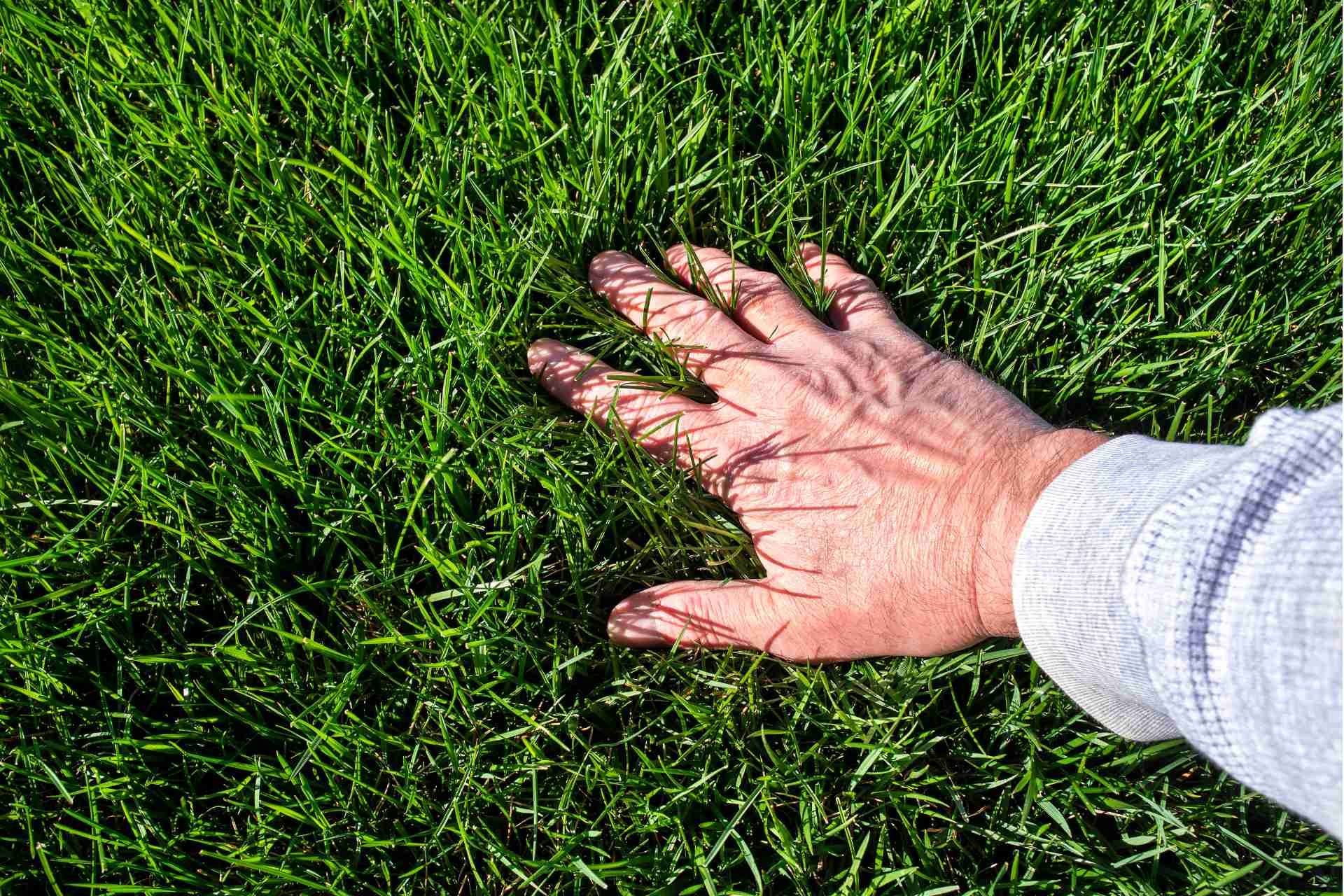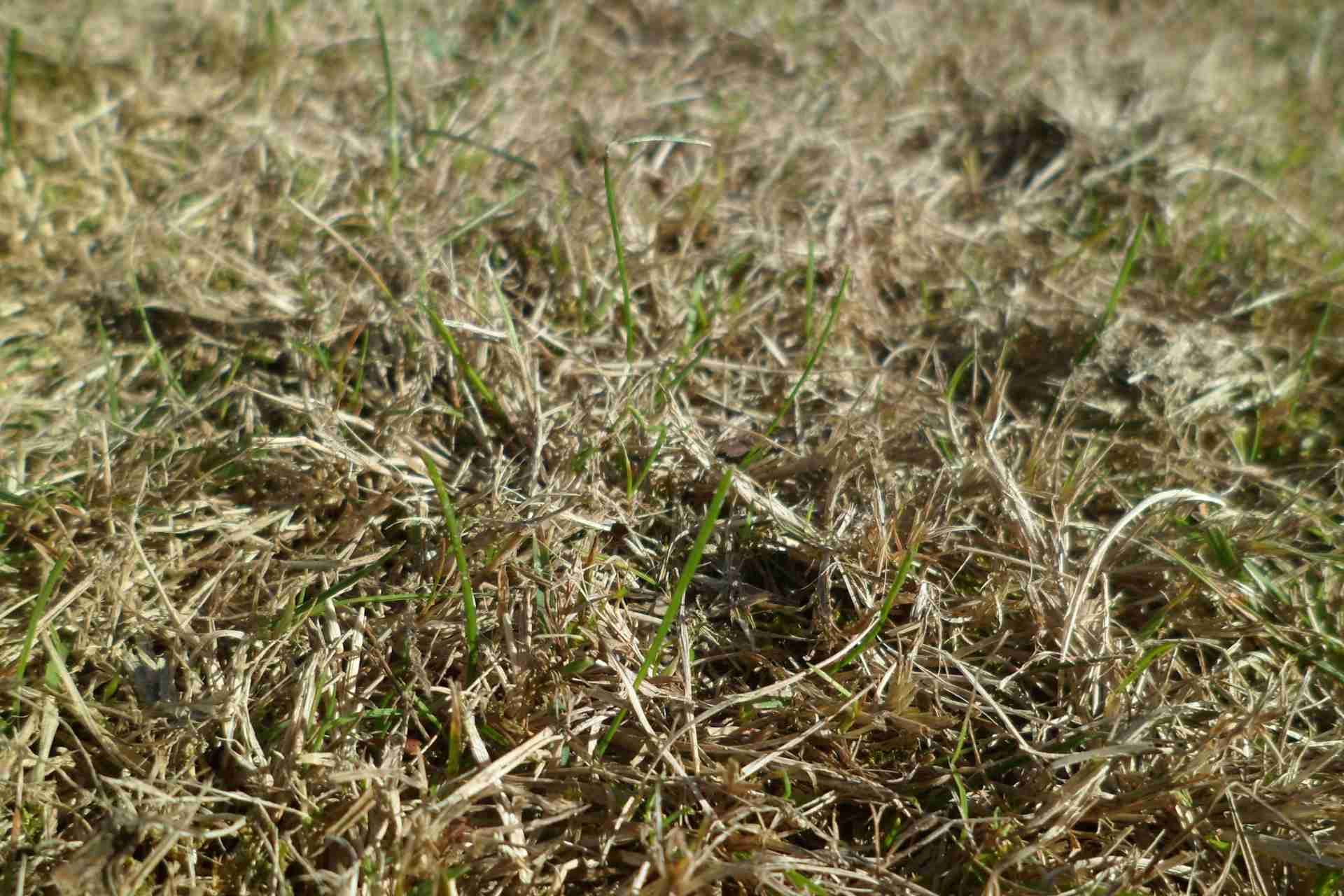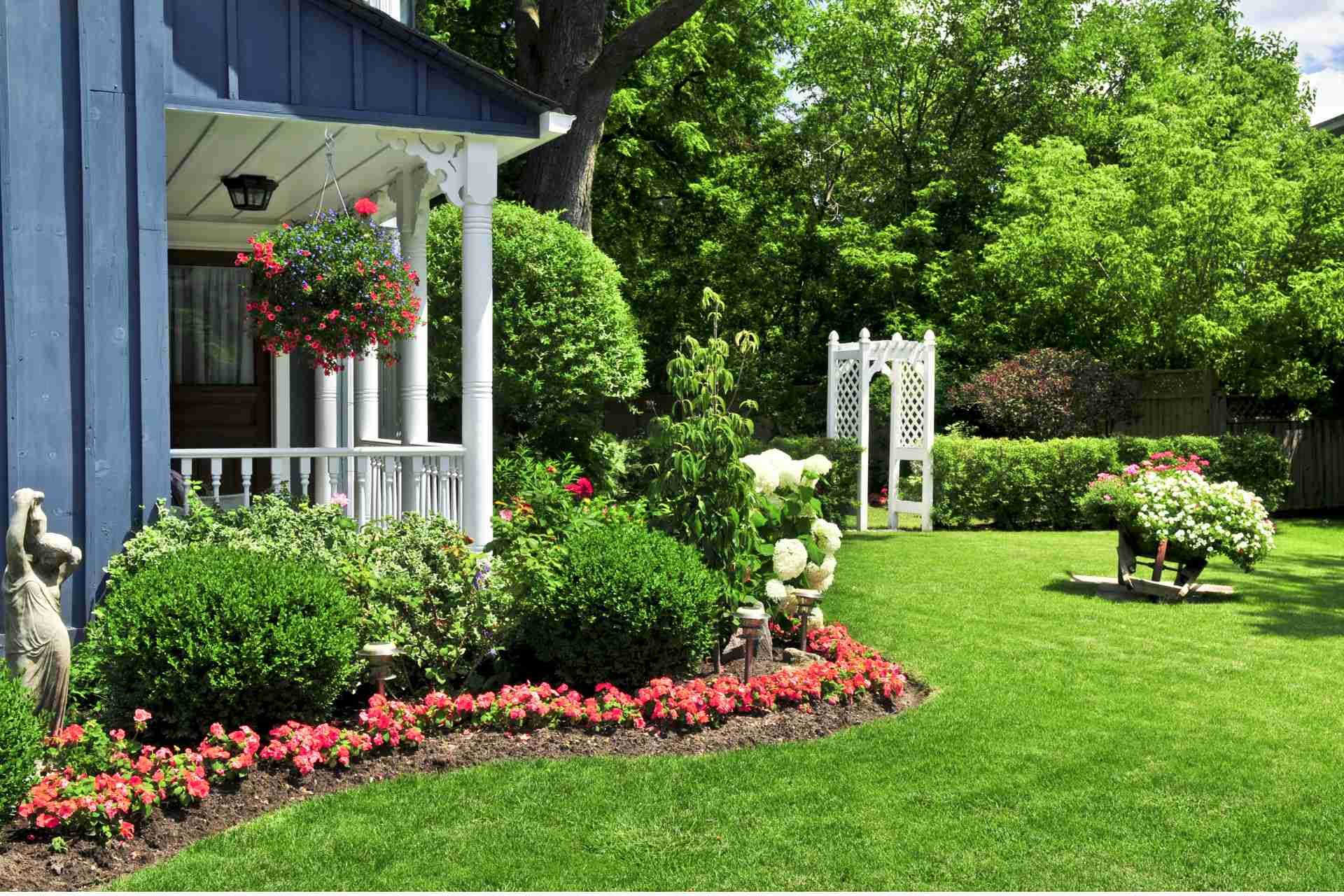How to Use Mulch in Garden
Mulch is an essential component for any garden as it helps to retain moisture, suppress weeds, and improve soil health.
Mulch is a layer of material that is spread over the soil in your garden to help retain moisture, suppress weeds, regulate soil temperature, and provide nutrients to your plants
Using mulch in your garden can significantly enhance the health and appearance of your plants, conserve moisture, and reduce weeds. Here's a comprehensive guide on how to use mulch in garden effectively:
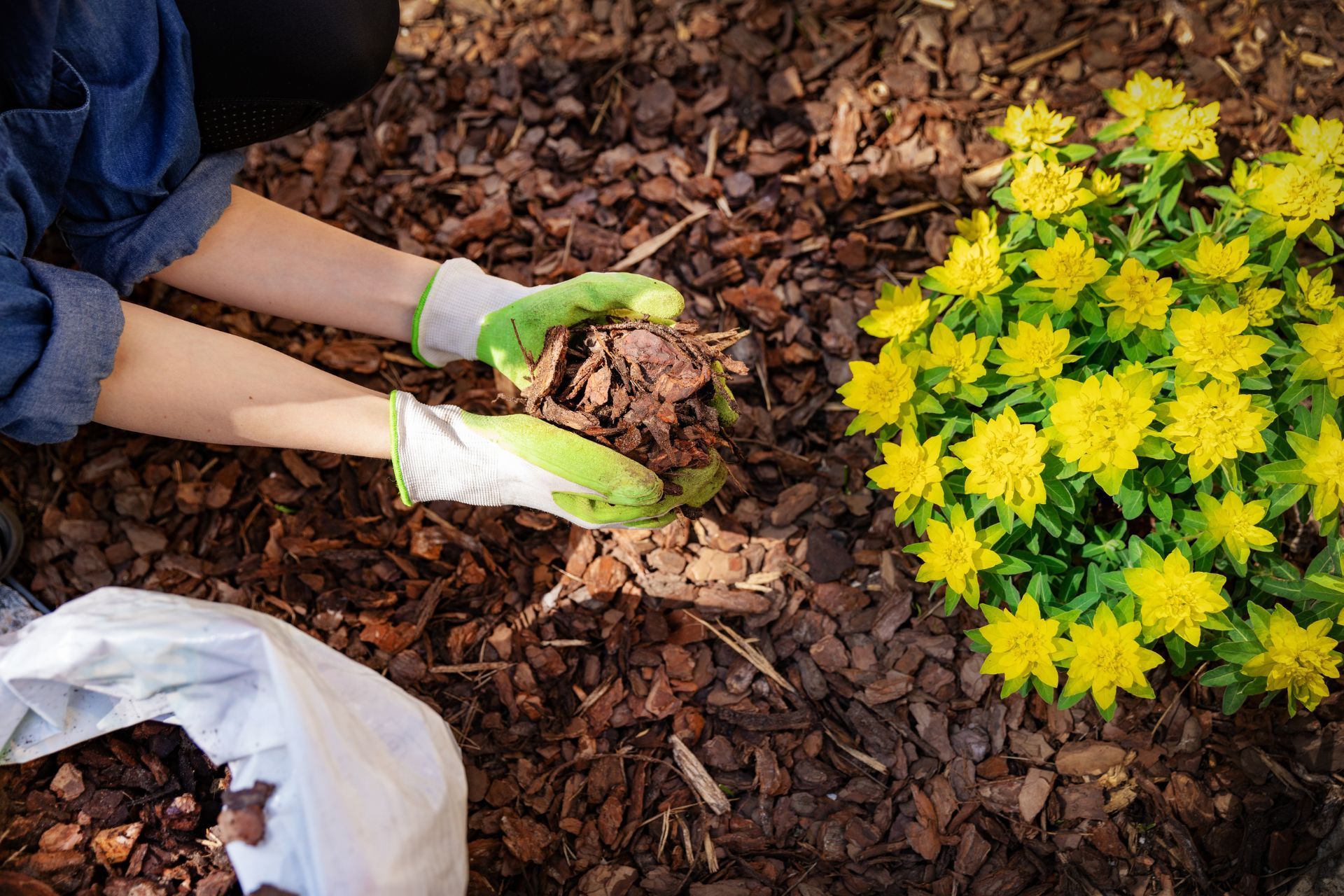
What is Mulch
Mulch is a material that is spread over the surface of soil to protect and improve it. It can be made from a variety of organic or inorganic materials, including wood chips, leaves, straw, grass clippings, shredded bark, and even rocks or rubber.
Benefits of Mulching
Before diving into the "how," it's important to understand why mulching is beneficial:
Moisture Retention
Mulch acts as a protective layer that helps retain moisture in the soil. This can be especially beneficial during hot summer months when the soil tends to dry out quickly. By retaining moisture, mulch helps your plants stay hydrated and reduces the need for frequent watering.
Weed Control
One of the primary benefits of mulching is that it helps prevent weeds from growing in your garden. By covering the soil with a layer of mulch, you are creating a barrier that blocks sunlight and prevents weed seeds from germinating. This can save you countless hours of tedious weeding throughout the growing season.
Temperature Regulation
Mulch insulates the soil, keeping it cooler in summer and warmer in winter.
Soil insulation
Mulch also acts as a natural insulator, regulating soil temperature and protecting plant roots from extreme heat or cold. This can help plants thrive in various weather conditions and promote healthy root growth.
Erosion Prevention
Mulch helps protect bare soil from erosion caused by wind, rain, or foot traffic. By creating a protective layer on the surface, mulch helps stabilize the soil and prevent loss of valuable topsoil.
Nutrient enrichment
As mulch breaks down over time, it enriches the soil with valuable nutrients and organic matter. This improves soil structure, fertility, and overall plant health. Additionally, some mulches, such as compost or organic-based mulches, can provide additional nutrients to your plants as they decompose.
Aesthetic Appeal
In addition to its practical benefits, mulch can also enhance the visual appeal of your garden or landscape. Mulch comes in a variety of colors and textures, allowing you to customize the look of your garden and create a cohesive and polished appearance.
Types of Mulch
Organic Mulches:
1. Wood chips: Wood chips are a popular choice for organic mulch. They are made from chipped tree branches and are widely available at garden centers. Wood chips decompose slowly, providing long-lasting mulch that adds organic matter to the soil. They also help to regulate soil temperature and retain moisture.
2. Straw: Straw is another organic mulch option that is often used in vegetable gardens. It is lightweight and easy to spread around plants. Straw breaks down quickly, adding nutrients to the soil and improving soil structure. It also helps to suppress weeds and retain moisture.
3. Compost: Compost is a fantastic organic mulch that not only helps to suppress weeds and retain moisture but also adds valuable nutrients to the soil. You can make your own compost from kitchen scraps, yard waste, and other organic materials. Alternatively, you can purchase compost from a garden center.
4. Grass clippings: If you have a lawn, you can use grass clippings as organic mulch in your garden. Grass clippings break down quickly, adding nitrogen to the soil. Be sure to only use clippings from lawns that have not been treated with herbicides or pesticides.
5. Leaves: Fallen leaves from trees are another great organic mulch option. Shred the leaves before spreading them around plants to help them break down more quickly. Leaves add organic matter to the soil and improve soil structure.
6. Bark mulch: Bark mulch is made from the bark of trees and is a popular choice for organic mulch. It comes in a variety of sizes and colors. Bark mulch decomposes slowly, providing long-lasting mulch that helps to regulate soil temperature and retain moisture.
Inorganic Mulches:
1. Gravel: Gravel is a popular inorganic mulch choice for its durability and low maintenance. It does not decompose, so you won't have to worry about replacing it as often as organic mulches. Gravel also helps to retain moisture in the soil and can add a decorative touch to your garden.
2. Landscape Fabric: Landscape fabric is a great option for suppressing weeds and conserving moisture in the soil. It is typically made of woven or non-woven synthetic materials that allow water and air to penetrate while blocking out sunlight to prevent weed growth. Landscape fabric is easy to install and can be used under other mulches like bark or stone.
3. Rubber Mulch: Made from recycled rubber tires, rubber mulch is a sustainable option that provides excellent weed control and moisture retention. It is lightweight and easy to spread, making it a popular choice for playgrounds and landscaping areas. Rubber mulch comes in a variety of colors and can add a pop of color to your garden.
4. Plastic Mulch: Plastic mulch is commonly used in vegetable gardens to suppress weeds, conserve moisture, and regulate soil temperature. It is usually black or silver in color and can be laid directly on the soil surface or on top of landscape fabric. Plastic mulch is a cost-effective option that can be reused for multiple seasons.
5. Stone Mulch: Stone mulch, such as pea gravel or river rock, offers excellent weed control and water retention. It is a low-maintenance option that can add texture and visual interest to your garden. Stone mulch is ideal for pathways, borders, and garden beds.
Steps to Mulch Your Garden
Step 1. Choose the right type of mulch
There are many different types of mulch to choose from, including wood chips, bark mulch, straw, and compost. Consider the needs of your garden when selecting a mulch. For example, if you have acidic-loving plants, pine bark mulch is a good choice. If you want to add nutrients to your soil, compost is a great option.
Step 2. Prepare your garden beds
Before applying mulch, make sure to weed your garden beds and water your plants. This will ensure that the mulch doesn't cover up any existing weeds and that the soil is able to retain moisture.
Step 3. Apply the mulch
Once your garden beds are ready, spread a layer of mulch around the base of your plants. Be careful not to pile the mulch up against the stems of your plants, as this can cause them to rot. Aim for a thickness of 2-4 inches of mulch.
Step 4. Reapply mulch as needed
Mulch will break down over time, so make sure to reapply it as needed to maintain its benefits. Typically, mulch should be reapplied once a year in the spring.
Step 5. Consider using different types of mulch in different areas of your garden
Depending on the needs of your plants, you may want to use different types of mulch in different areas of your garden. For example, you may want to use wood chips in areas that receive a lot of foot traffic, as they are more durable than other types of mulch.
Step 6. Monitor and Maintain
- Check Moisture Levels: Ensure the soil remains moist under the mulch. Water as needed, particularly in dry periods.
- Watch for Pests: Some mulches, like straw, can attract pests. Monitor regularly and take action if necessary.
- Keep Mulch Away from Structures: To avoid attracting termites and other pests, keep mulch a few inches away from the foundation of your home or other structures.
Tips for Effective Mulching
- Time Your Mulching: Apply mulch in mid-to-late spring after the soil has warmed up. Mulching too early can keep the soil cool and slow down plant growth.
- Consider Your Climate: In cooler climates, a thinner layer of mulch is better to allow the soil to warm up in spring. In hotter climates, a thicker layer helps retain moisture and keep the soil cool.
- Use Natural Mulch: Whenever possible, use organic mulches that decompose and add nutrients to the soil.
- Be Mindful of Acidity: Some mulches, like pine needles, can acidify the soil. Use them for acid-loving plants or balance them with other types of mulch.
By following these steps and tips, you can effectively use mulch to improve your garden’s health and aesthetics. Mulching is a simple yet powerful tool that offers numerous benefits, making it an essential practice for any gardener.
Mulch your Garden with Texas Lawnscapes
At Texas Lawnscapes, we offer a variety of mulch options to suit your garden's needs and aesthetic preferences. From organic mulches like wood chips and pine straw to inorganic options like rubber mulch, we have the expertise to help you choose the right mulch for your garden. Our team of skilled professionals will carefully apply the mulch to your garden beds, ensuring an even layer that enhances both the beauty and functionality of your landscape.
Contact us today to learn more about our mulching services and how we can help you achieve a beautiful and thriving garden.

